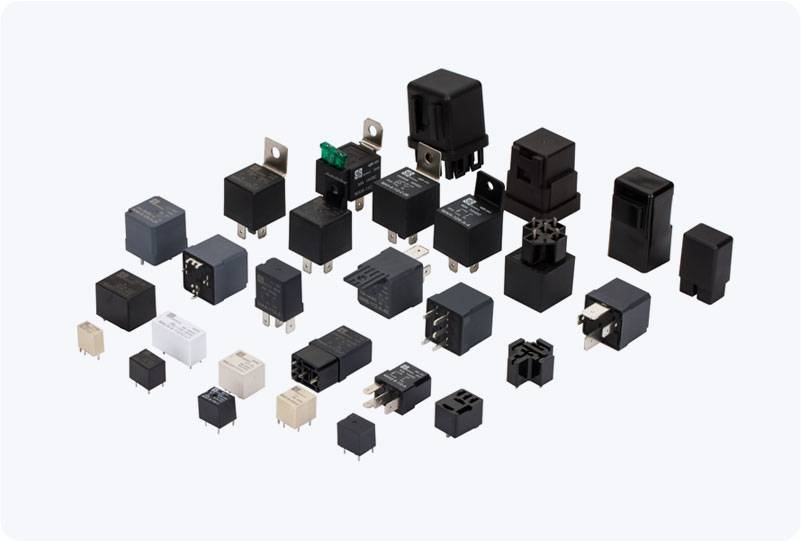understanding explosion-proof relays: ensuring safety in hazardous environments
Release time:2025-05-26 13:55:40
In various industrial sectors, especially those involving hazardous materials, ensuring the safety of electrical systems is of utmost importance. One critical component designed to prevent explosions and other dangerous occurrences is the Explosion-Proof Relay. These specialized devices are essential for maintaining safe operations in environments where flammable gases, vapors, or dust are present. This article explores the role of explosion-proof relays, their features, applications, and their significance in high-risk environments.

What is an Explosion-Proof Relay?
An Explosion-Proof Relay is an electrical device designed to safely control and switch circuits in environments where explosive substances are present. These relays are built with protective measures that prevent internal electrical faults, such as sparks or overheating, from igniting flammable materials in the surrounding atmosphere. The primary function of an explosion-proof relay is to ensure that electrical components do not become the source of ignition in potentially explosive environments.
How Does an Explosion-Proof Relay Work?
Like traditional relays, explosion-proof relays operate on the principle of using a coil to open or close a set of contacts in an electrical circuit. However, what sets them apart is their unique construction, which incorporates specific safety features. Explosion-proof relays are housed in specially designed enclosures made from durable, non-combustible materials such as stainless steel or cast aluminum. These enclosures are built to withstand internal pressures generated by a potential explosion, preventing the explosive force from escaping and igniting the surrounding area.

